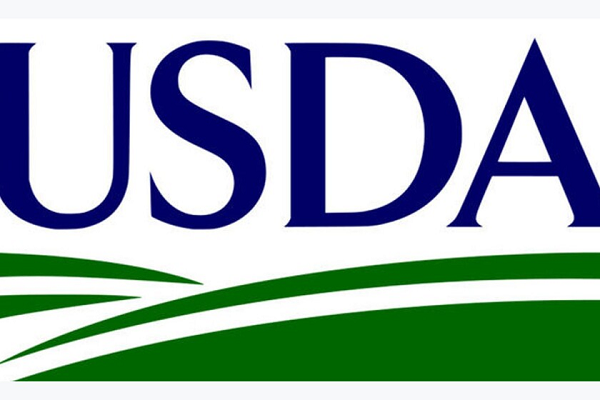

The USDA’s January 2025 Feed Outlook paints a complex picture for global and domestic grain markets, with a significant focus on reduced U.S. corn production. Here are the key takeaways:
Corn Production Drops Amid Yield Reductions
U.S. corn production for 2024/25 is now projected at 14,867 million bushels, reflecting a 2% yield reduction to 179.3 bushels per acre. This decline has slashed total U.S. corn supplies to 16,655 million bushels, down 273 million from December. First-quarter domestic corn disappearance also decreased slightly year-over-year, with feed and residual use estimated at 5.8 billion bushels, 50 million lower than earlier projections.
Despite these setbacks, U.S. corn exports in the first quarter exceeded the previous year by 37%, signaling robust international demand even amid rising domestic prices. The season-average price forecast for U.S. corn was raised to $4.25 per bushel.
Sorghum Sees Production Boost
In contrast to corn, U.S. sorghum supplies have increased due to higher harvested acreage and improved yields. Production estimates rose by 23.1 million bushels, bringing total supply to 377 million bushels. Sorghum use for feed and ethanol production has also expanded, with the season-average price now matching corn at $4.25 per bushel.
Global Perspective: China, Brazil, and Argentina
Global corn production has been revised downward due to the U.S. decline, with a total reduction of 4.8 million tons. However, China’s corn production is up by 2.9 million tons, partially offsetting U.S. losses. On the trade front:
- Brazil’s corn exports for 2024/25 are projected to fall by 2 million tons, attributed to lower Safrinha crop yields and rising domestic ethanol demand.
- Argentina, benefiting from higher export activity, has raised its export forecast by 1 million tons, partly compensating for Brazil’s decline.
Barley and Oats Market Adjustments
Barley exports rose to 8 million bushels, driven by robust U.S. shipments to Canada, while U.S. oats imports are at their lowest since 1992/93. Ending stocks for both grains are subsequently reduced.
Outlook for Producers
Producers are navigating tightened corn supplies, elevated prices, and shifting trade dynamics. With sorghum emerging as a bright spot in feed markets, diversifying feed strategies may offer opportunities to mitigate rising costs.
Stay tuned for next month’s updates on the evolving grain market landscape, scheduled for release on February 13, 2025.





